Check whether the range hood motor capacitor is faulty
Preparation for Testing
1. Disconnect the Power Supply and Take Protective Measures
Turn off the main power supply to the range hood and ensure the circuit is de-energized.
Use insulated gloves and safety glasses to prevent sparks from discharge.
2. Prepare Testing Tools
A multimeter (with resistance and capacitance ranges) or a dedicated capacitance meter.
A small screwdriver for removing the capacitor.
A discharge rod or metal wire for preliminary discharge.
3. Record the capacitor's nominal parameters.
The rated voltage and capacitance (µF) marked on the capacitor body will serve as a reference for subsequent comparisons.
Appearance Inspection
1. Observe the integrity of the casing.
Inspect the capacitor casing for cracks, bulging, or deformation.
2. Inspect the terminals and wiring.
Confirm that the terminals are free of corrosion, looseness, or desoldering.
3. Watch for oil leaks or discoloration.
Any oil stains, discoloration, or internal bubbles may indicate aging.
Measuring Resistance (Leakage Resistance) with a Multimeter
1. Preliminary Discharge
Short-circuit the capacitor terminals with a metal wire to ensure that the stored energy has been released. 2. Switch to the resistance range (Ω)
Touch the red and black test leads of a multimeter to the two terminals of the capacitor.
3. Read the resistance and compare.
A normal capacitor will show a gradually increasing resistance in the low resistance range (tens of ohms to several kiloohms). If the display shows ∞ (infinity) or 0 Ω, it indicates an internal short or open circuit and the capacitor is defective.
Use a capacitance meter or the capacitance range of a multimeter to measure the capacitance.
Reconfirm that the capacitor is discharged to prevent misreading.
Switch to the capacitance range (µF) and connect the test leads to both ends of the capacitor.
Read the actual capacitance and compare it with the nominal capacitance value.
A capacitance deviation within ±10% is considered normal.
A deviation exceeding 20%, or a display of 0 µF, indicates that the capacitor has degraded and needs to be replaced.
Using a capacitance meter provides a more intuitive way to determine capacitance and is the recommended method for accurate testing.
Comprehensive Judgment and Follow-up Actions
Combining the appearance, resistance, and capacitance results, if any of them is abnormal, the capacitor is considered defective.
Replace the capacitor with one that meets specifications. We recommend using the same brand or equivalent model as the original to ensure proper starting and operation of the range hood motor.
Reinstall and check the wiring to ensure the terminals are secure and the polarity is correct (if the capacitor has polarity).
Power on the range hood and test to see if the motor starts smoothly and the noise level is reduced.


 English
English عربى
عربى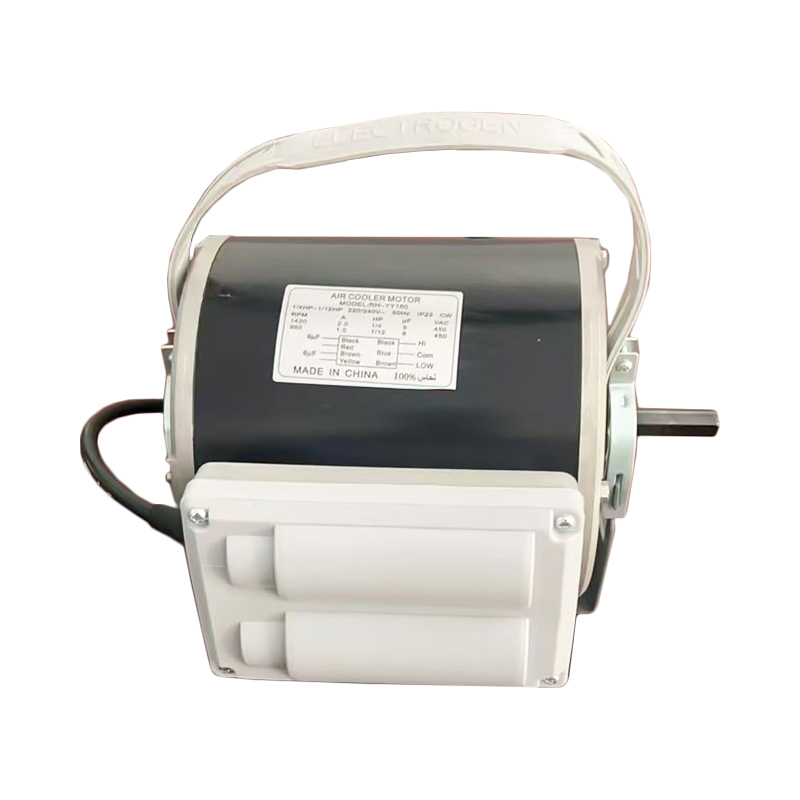
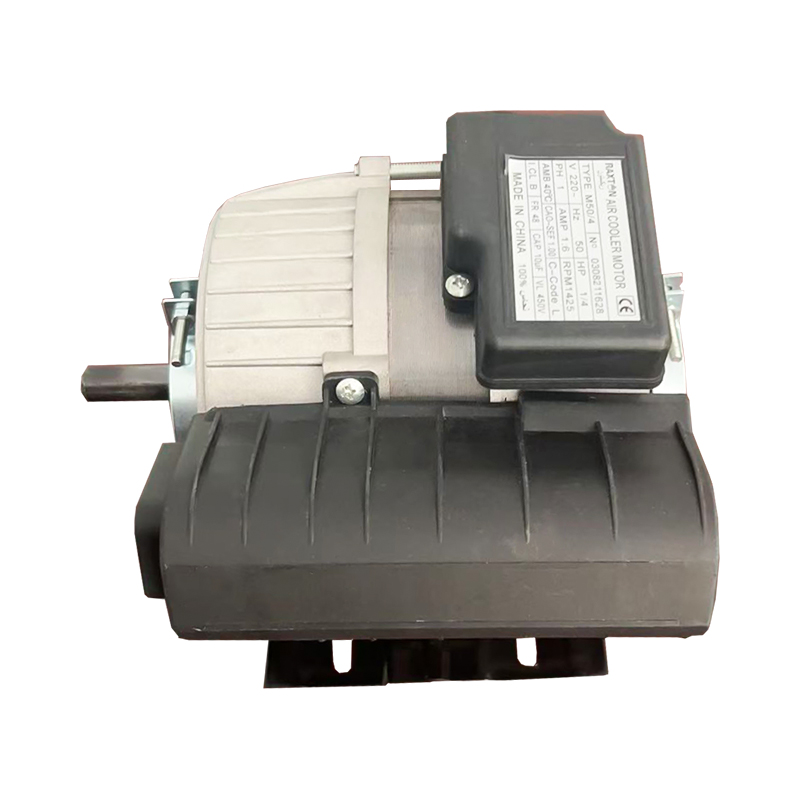
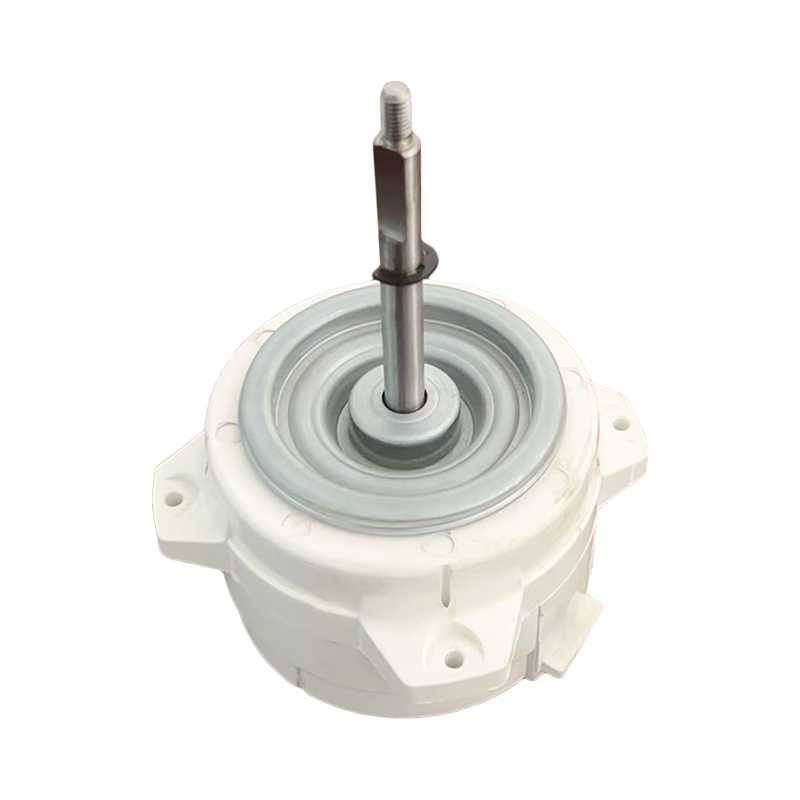
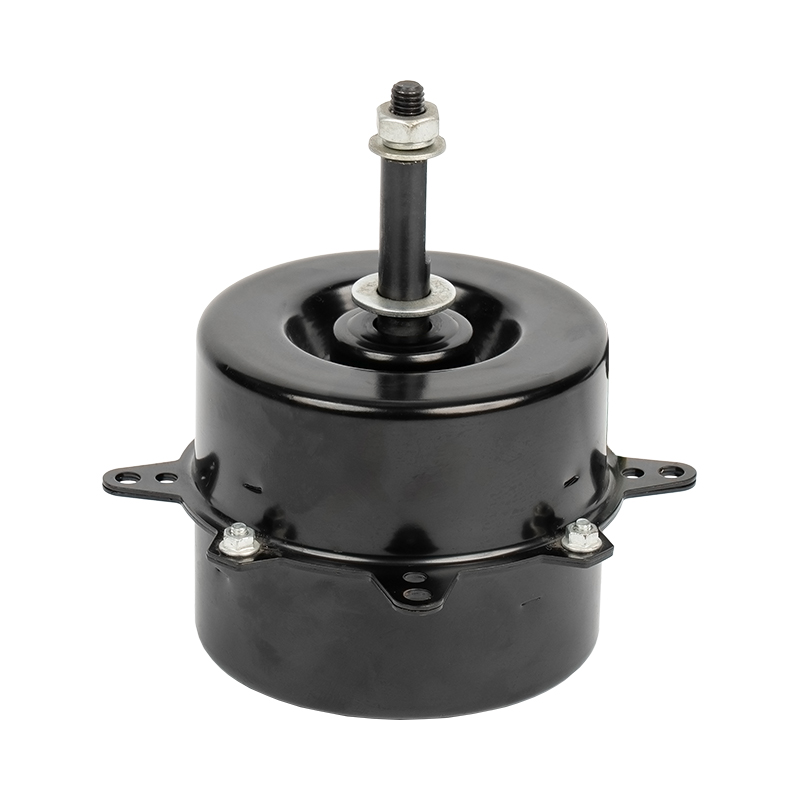
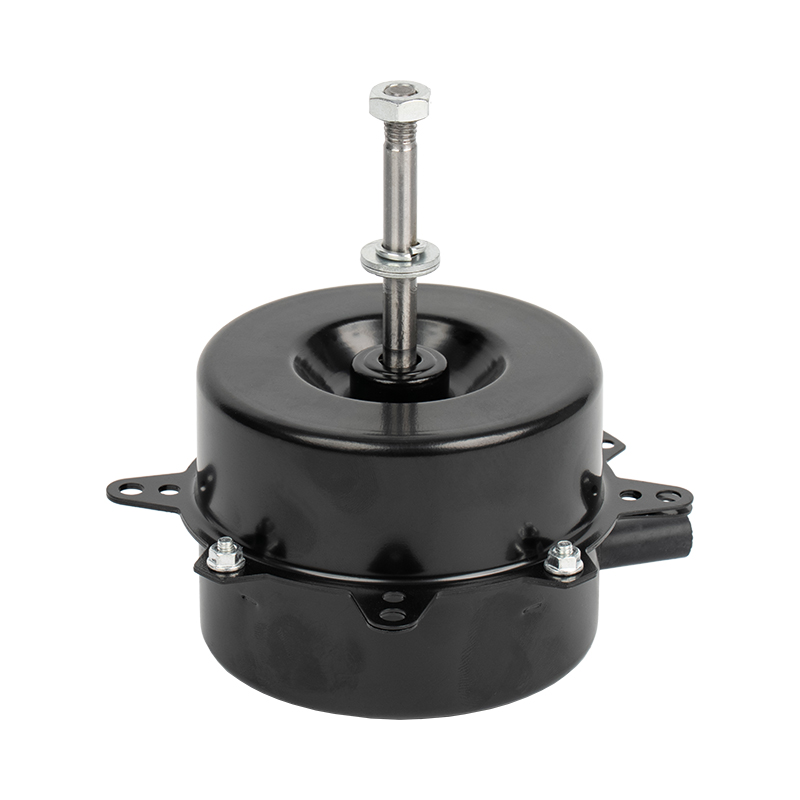
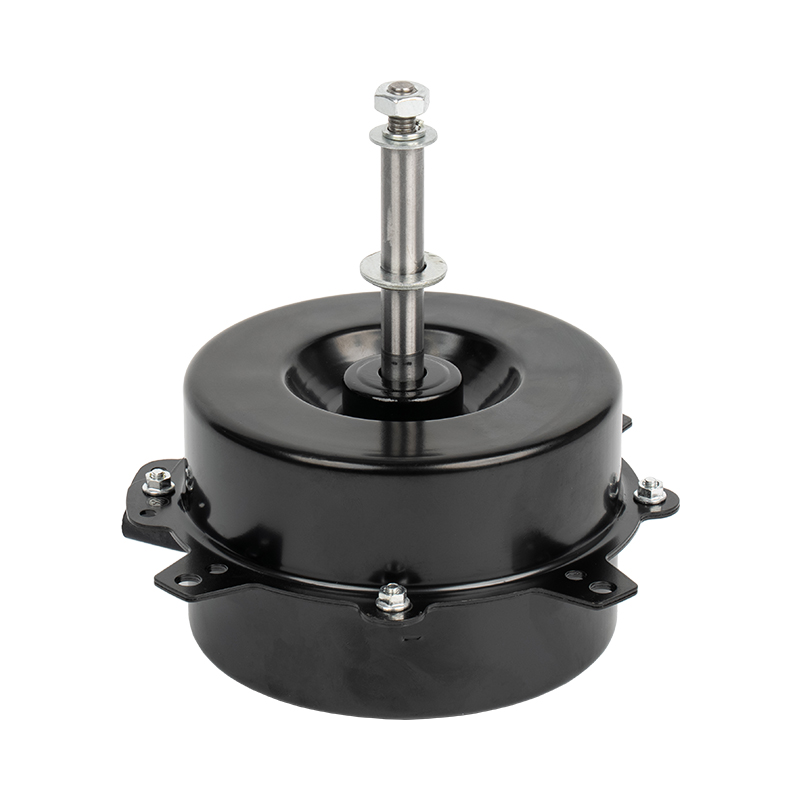
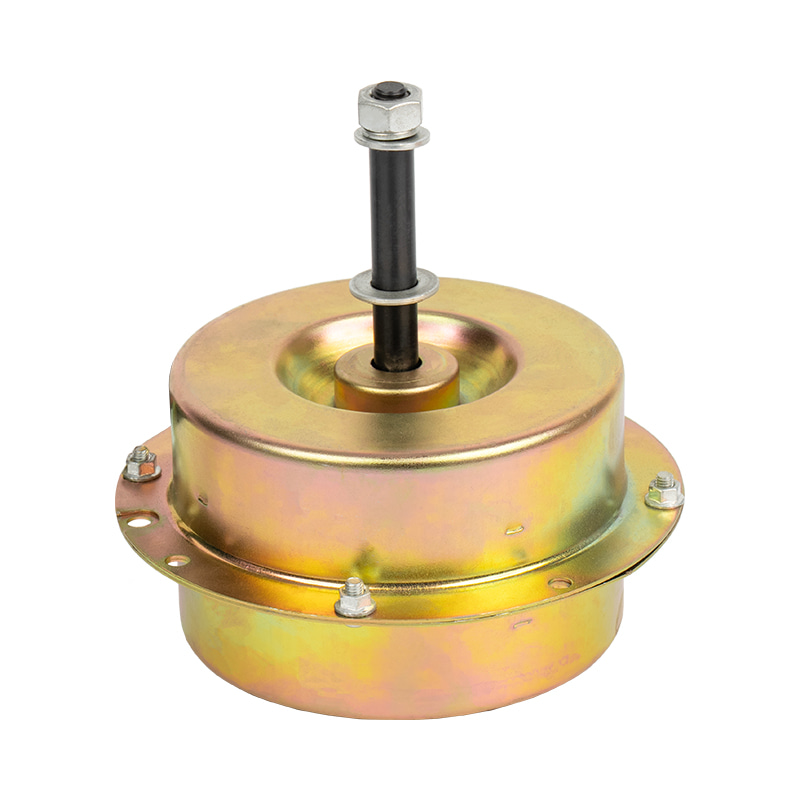
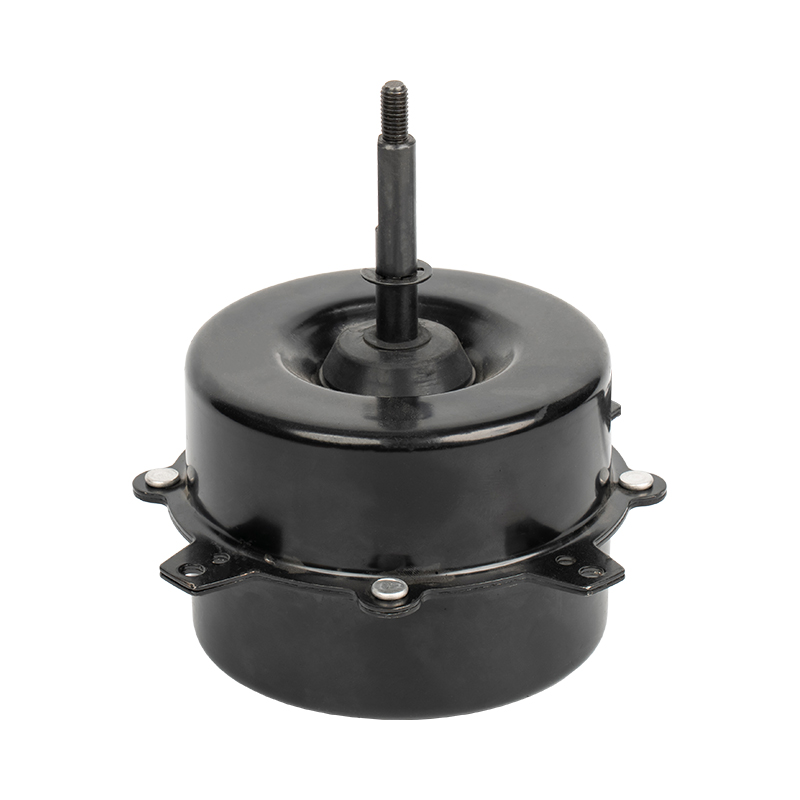
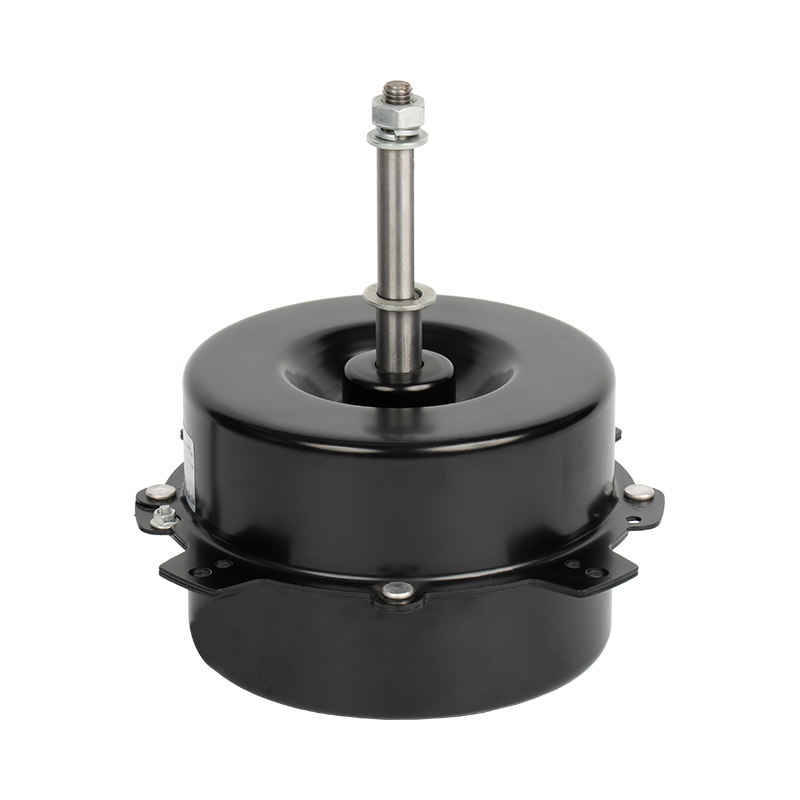
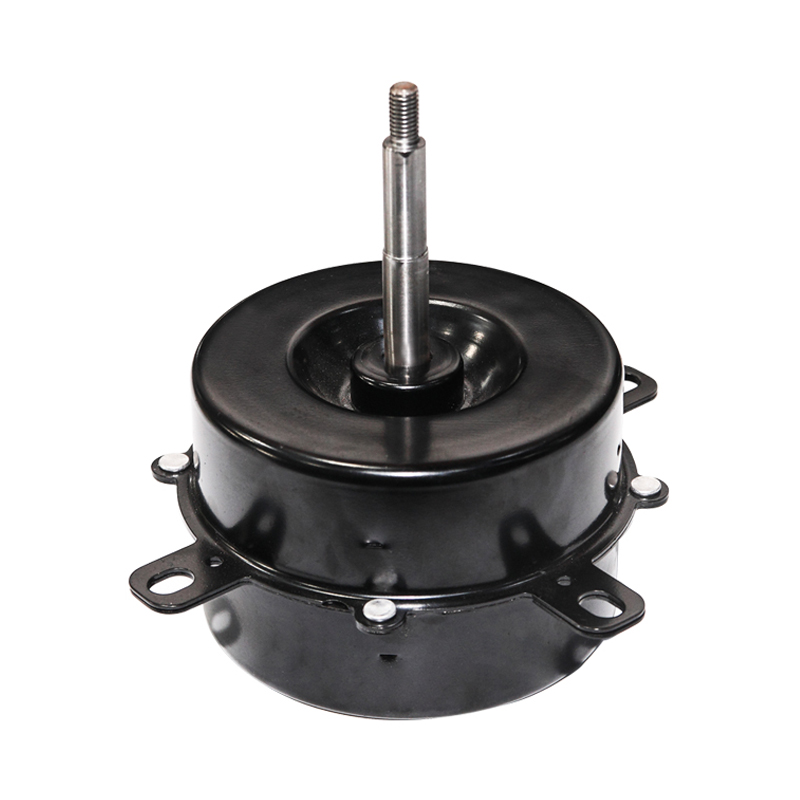
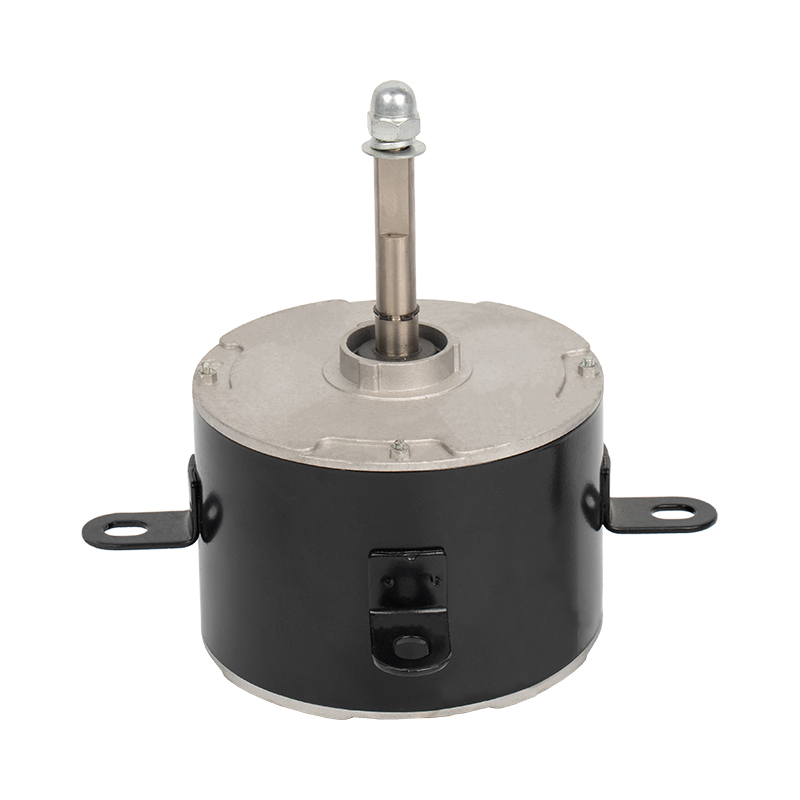
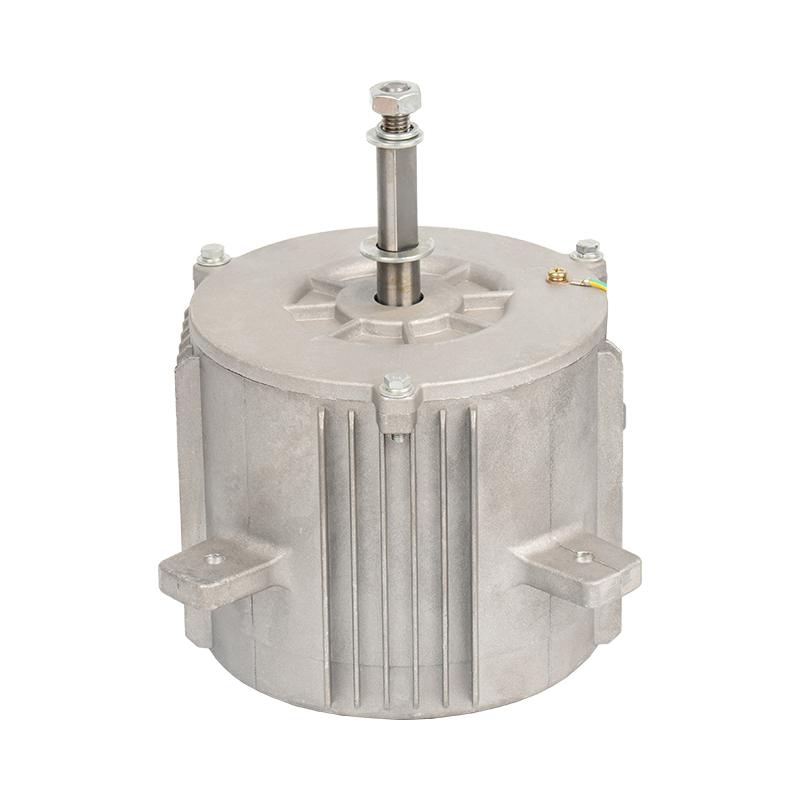


 Home
Home  Tel.: +86-13819807486
Tel.: +86-13819807486 Whatsapp:+86 13819807486
Whatsapp:+86 13819807486 E-mail:
E-mail: 



